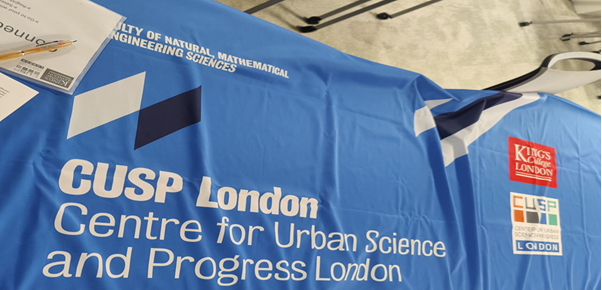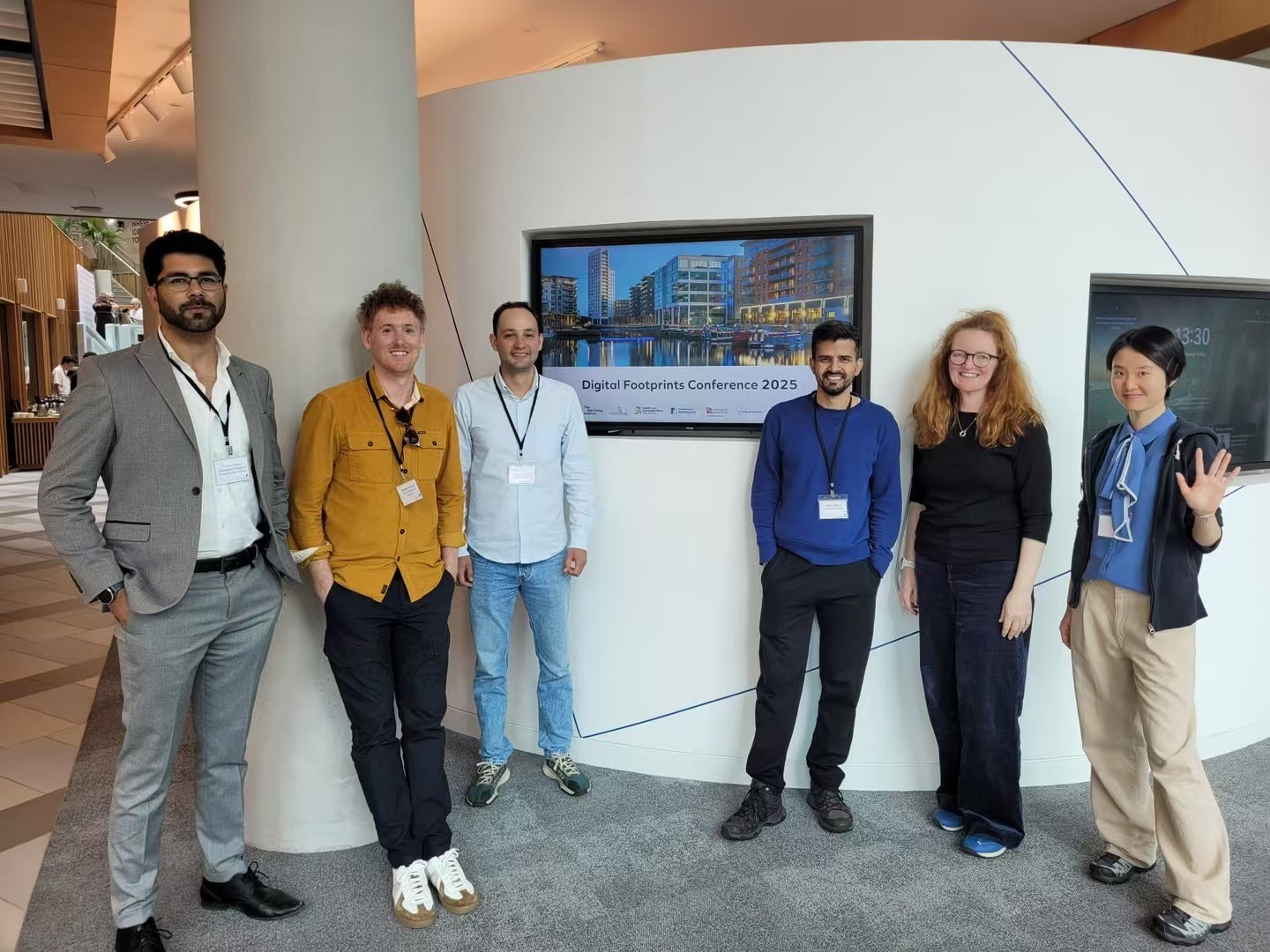Is home where the heat is?

Climate change is now one of the biggest challenges facing the world.
Around 40,000 people attended the 2021 United Nations Climate Change Conference (COP26) in Glasgow in November 2021, making it one of the largest international summits held in the UK. A month before COP26, the UK government proposed the new Net Zero carbon strategy to decarbonise all sectors of the UK economy to achieve the net-zero target by 2050. In the UK, buildings are responsible for around 40% of the total energy use and 17% of emissions. Therefore, improving the energy efficiency of residential buildings is one of the most important and immediate steps needed to help achieve the Net Zero carbon strategy.
Most people spend more than 90% of their time indoors. Increasingly this is within their own homes rather than public/office space, as people shift to working from home or hybrid working. The pace of this change has quickened since the beginning of the COVID-19 pandemic. Alongside this shift, the indoor home environment is undergoing significant changes due to the improving standards of newer buildings and the retrofitting of older buildings. The latter is likely to include increasing airtightness, changing heating methods, and replacing wall materials.
Numerous studies have proven that indoor air quality, light conditions, and indoor noise are closely related to people’s physical health, mental health, well-being, and even productivity and work satisfaction.

Figure 1: the health risks caused by indoor air pollution
Energy consumption and fuel poverty are key issues under the current net-zero carbon agenda, made more urgent by surging energy costs. Although Energy Performance Certificates (EPCs) give a general understanding of the energy conditions in a home, the accuracy of the certificates has been questioned. Also, we need to understand how people use energy and what temperature is maintained in their indoor environment. A well-insulated house can be cold inside if the residents suffer fuel poverty and cannot turn on the heating.
In response to these challenges, we aimed to develop a cost-effective methodology for sensor-enhanced housing surveys. Using temperature/relative humidity sensors, air quality sensors, light and sound sensors, electricity/gas meter readings, and associate survey questions about energy usage preferences, we can gain further knowledge of people’s indoor living environments and energy consumption. These data can give a greater understanding of fuel poverty and its direct impact on daily life.
There are two main academic agendas we want to explore through this project:
- Air quality in the home environment and its impact on health
- The relationship between energy consumption, energy performance, and fuel poverty in the home living environment
Creating the sensor box
Various sensors with different functions are already available for data collection in indoor environments. Some traditional sensors/monitors are used to measure single specific data. They can be used for real-time information - such as temperature and relative humidity - or to alert people to high temperatures and high levels of carbon monoxide. These sensors are generally stable, accurate, and affordable due to their simple and tested construction. However, the single function and the lack of data storage and ability to interact with the sensor does not meet the need for continuous measurement of multiple indicators of the indoor environment.
Commercial air quality monitors that measure and record multiple data are also available. They can record CO2, VOC, temperature, relative humidity, noise, etc. However, these monitors are often expensive and less accurate. They are also difficult to evaluate, calibrate, adjust, upgrade, and maintain.
Therefore, we aimed to develop an integrated sensor box that is accurate, reliable, stable, with multi-functions, easy to use (plug and leave), easy to maintain and upgrade (highly modular design) and at a relatively low cost, to use with a simple easily implemented methodology for carrying out a representative sensor-enhanced housing survey.
We reduced our costs by using free recycled Raspberry Pis as the processor for handling output from the different sensors. The Raspberry Pis were provided by donors from around the world through the Picycle Project, which is a scheme run by the school of computer science of the University of Glasgow. The Raspberry Pi is a type of small single-board computer characterised by low cost, modularity, and open design. We formed a modular sensor with a Raspberry Pi, breadboard, jumper wires and various sensors in a sterilised used COVID-19 test box (see Figure 3). This modular design has several significant benefits: we can freely connect, test and compare different sensors. With the Wi-Fi component in the Raspberry Pi, we can collect and clean the sensor data and test the sensor status without opening the box. And at the end of the experiment, we can also use the Raspberry Pi and accessories for other purposes. The final cost of our sensor box is much lower than commercial sensors with similar features on the market.

Figure 2: the cost-effectiveness of UBDC’s sensor box

Figure 3: UBDC’s sensor box
In addition to the sensor box, we included instructions and a questionnaire in the package sent to the participants. The sensors and questionnaire collected data in six parts: indoor physical space quality, indoor sound and light comfort, residential building energy characteristics, household composition, socio-economic conditions, and energy use preferences and usage (see Figure 4).

Figure 4: The data collected in the sensor-enhanced housing survey
Energy consumption, fuel poverty and health risks - stories from participants
From October 2021 to February 2022, we conducted a pilot study with 40 volunteers in the Glasgow City area. Our survey method has given us a wealth of data from which we can uncover stories beyond energy performance. For example, we can explore whether low-income households (annual household income less than £20,000) have different health risks depending on the energy efficiency of their home, or their energy use.
Here we highlight some of the information we have gathered at an individual level, providing us with a unique picture unavailable elsewhere. For example, Household 4 is a family of four with two children, at least one of whom is an infant. Their annual household income is less than £20,000, they are in the socio-economic class E (Semi-skilled & unskilled manual occupations, unemployed and lowest grade occupations), and their rented flat’s EPC rating is E and is heated purely by electricity.
Figure 5 shows the room temperature in their bedroom for seven consecutive days in December. The green area (18-21 degrees Celsius) represents a suitable/comfortable indoor temperature. When the black line enters the yellow area, it means that the temperature may be harmful to health. The grey background line represents the temperature records of all participants, which we use as a reference for temperature distribution.
As we can see from the figure, the temperature in the bedroom of participant 4 is often lower than 18°C and unstable, sometimes even lower than 14°C at night. This temperature is known to be detrimental to child health, especially for infants (who cannot produce heat).

Figure 5: The temperature plot of Participant 4
The composition and socioeconomic situation of Participant 19's household is similar to Participant 4’s. This household’s annual income is less than £20,000, there are also two children, at least one of whom is an infant, and the flat is rented. They are renting from the housing association and the apartment’s EPC rating is B (much better than Participant 4’s E rating). As shown in the graph below, although this household's average daily electricity consumption is lower than Participant 4, based on our survey data, their room temperature is always in a higher range. So, in contrast to the dilemma faced by Participant 4, they need to worry about whether 24°C is too hot for an infant.

Figure 6: The temperature plot of Participant 19
The future
From our pilot study this winter, we proved that a low-cost sensor-enhanced housing survey can greatly benefit the traditional longitudinal social survey. In our next step, we plan to collaborate with the Smart Energy Research Lab (SERL) team at UCL and the Understanding Society Innovation Panel. SERL has access to the smart meter data for around 13,000 households in England, Scotland, and Wales at a very high temporal resolution, along with weather and EPC information.
With SERL’s ready-made infrastructure to access smart meter data, complete information on socio-demographics from Understanding Society and the home environment data from our sensor survey, we can get the holistic picture that we need to progress research into how to improve our indoor living environments.
Files
Latest news

UBDC Data Dive
In February 2025, I had the incredible opportunity to attend the Data Dive program hosted at King’s College London, led by the Centre for Urban Science & Progress (CUSP). Each year students from London, Glasgow, Warwick, New York, and Peking come together for a 4-day hackathon to use data to address important urban challenges.
%201.svg)

UBDC attends the 3rd Digital Footprints Conference in Leeds
This year focused on Digital Footprints for the Public Good exploring the exciting potential of novel data sources to drive impactful research.
%201.svg)

UBDC support for Brazil's 'Map of the Peripheries'
The Urban Big Data Centre is joining a new partnership with Brazil’s Secretaria Nacional de Periferias, and the Humanitarian Open Street Map Team aimed at supporting the Map of the Peripheries project.
%201.svg)
Jointly funded by
%20copy.png)
.png)



.svg)
.svg)




